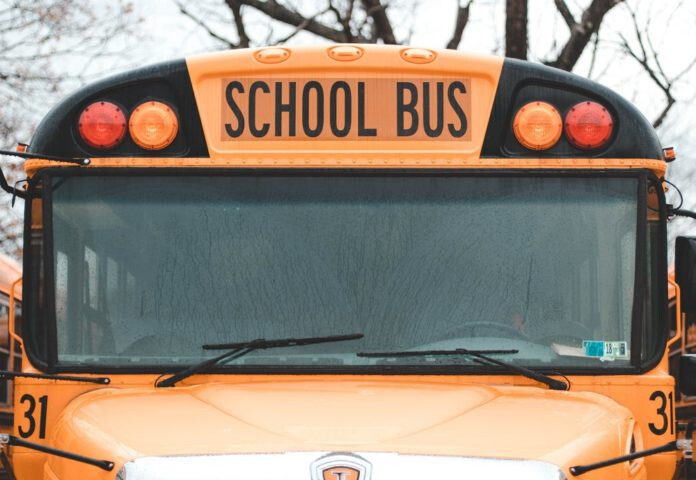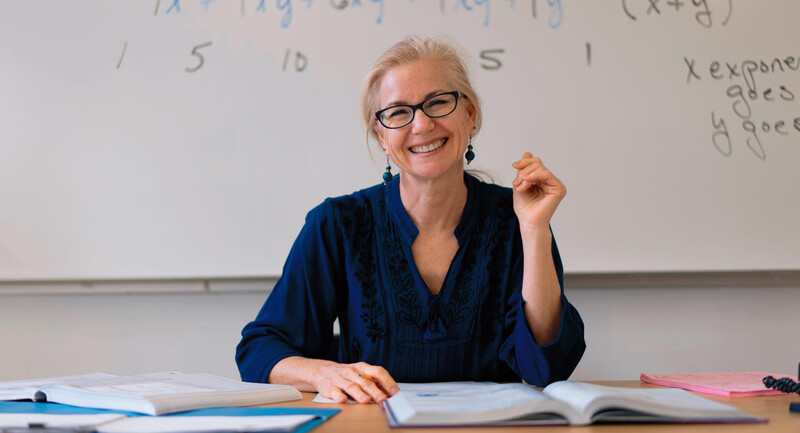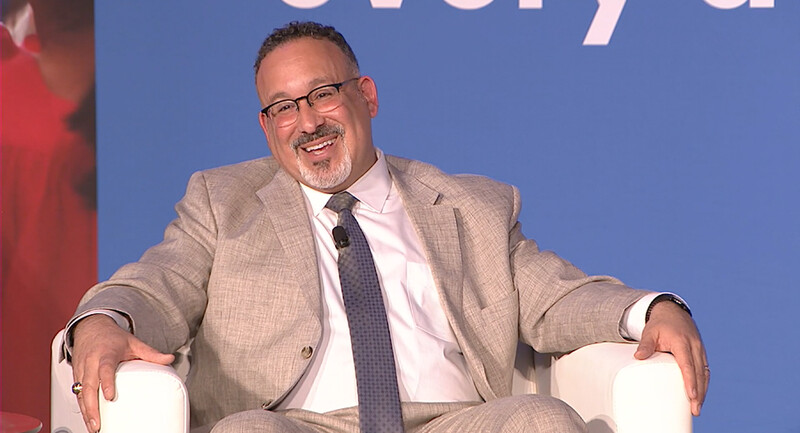As coronavirus (COVID-19) continues to spread throughout the United States, ASCD is talking with safety specialists and health experts about the best course of action for schools. Dr. Tara Kirk Sell (@skirkell), a senior scholar at the Johns Hopkins Center for Health Security and an assistant professor in the Department of Environmental Health and Engineering at the Johns Hopkins Bloomberg School of Public Health, studies ways to improve public health policy and practice to mitigate the effects of large-scale health events. She spoke with ASCD by phone about the danger of a one-size-fits-all approach.
What’s your sense on how schools are responding so far?
TKS: It’s hard to generalize across the board what everyone’s doing. Decisions should be made school by school in collaboration and close communication with the local health department. Many schools might need to do tele-education and shut down whereas other schools have different constraints. Across individual districts, high schoolers don’t need as much supervision and have more options to do tele-education whereas for elementary students, it means the disruption of having to manage and care for children. This variation we’re seeing is good because schools need to make their own calls. I do think it’s critical that communication stays open. Schools are a great way for people to be educated on a topic they’re scared about, and this is a big opportunity to assist communities in spreading information.
What specific recommendations do you have for teachers when preparing their classrooms?
The numbers of cases we see in the U.S. is entirely dependent on the strategy of testing. We were testing mostly people who had history of travel or contact with a known case. When you only do that, you don’t identify instances of community transmission, and we’re just starting to ramp up that ability right now. Cases have probably been growing slowly over the last couple months, and we don’t know if seasonality has a role. It’s really difficult to say what will happen, but important to know that while we think young people are not as severely affected by the disease, it actually is quite severe in other populations. It’s not just a bad flu. It’s spread by droplets, which means you can breathe it in within six feet of someone or from a surface and someone touches it and then touches their nose or mouth.
The CDC has recommendations on their website. One of the things they’re saying is that you should try to increase the distance between students, decrease the amount they’re touching each other, and increase opportunities for hand washing. We really don’t want kids who are ill to be in the classroom, so empower teachers to identify sick students and send them home. I’d also say disinfecting high-touch services—doorknobs, desks, other materials. My kids are really young, and there’s a lot of gross touching of all kinds. It’s also a respiratory etiquette thing—teach students to cough or sneeze into their elbow so they can muffle it. I don’t think teachers should be going out and buying supplies themselves, but school districts should have hand sanitizers and tissues, and if they don’t, make sure parents are aware of those needs.
Another thing in general is for schools to think flexibly about the curriculum—sending students home with materials or finding ways that allow teaching to continue but cut down on mixing that would lead to the spread of illness. Schools could think about the possibility of a constriction of the school year, maybe having half the students come in for half the day and half the students come in for the other half to reduce the numbers mixing with each other.
How can schools support families who are reporting illnesses? What is your advice regarding school attendance polices?
It’s important that there’s no stigma on families who are sick, so they don’t feel like they have to send kids back to school early. That support encourages people not to hide illness. Encourage families to have kids stay home, help them have education materials they might need at home, be in constant communication so they don’t feel the need to rush students back, and don’t identify the student that is sick, which is a HIPPA violation—making sure their privacy is protected. Schools should also make sure that teachers and other staff have the ability to stay home if they’re sick.
How can schools counter misinformation and panic among students and families?
There shouldn’t be any attempt to hide or downplay, just straight-out facts. I think there’s a lot of emphasis on [saying], “There’s no cases here.” But we’re starting to realize there’s no cases because we’re not testing right. Providing rapid transparent information is important. If you have a case in the school, let parents know as soon as possible what’s happening, and say, “Here’s what we know, here’s what we don’t know, and here’s what we’re doing to try to find out what we don’t know.” That increases trust and makes it so that people don’t have to fill these information voids. Sending papers home in backpacks as well as in electronic apps are helpful because some people don’t have access to apps at home. You need to get information out in as many ways as possible, have administrators be ready to address parent concerns in a rapid way, and make sure parents and faculty feel confident that [leaders] are working on this.
What are your predictions for how this will continue to affect schools in the coming months?
I expect most people will experience some sort of school closure for two weeks or longer. I don’t think anyone wants to set that out as the course right now because it’s so disruptive, but educators need to communicate to their lawmakers and health departments and communities that the job they do must continue under circumstances that are safe.
This interview has been edited lightly for length and clarity.
Kate Stoltzfus is the associate writer at ASCD.








